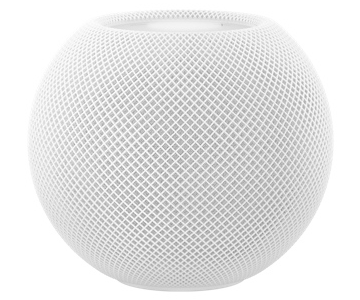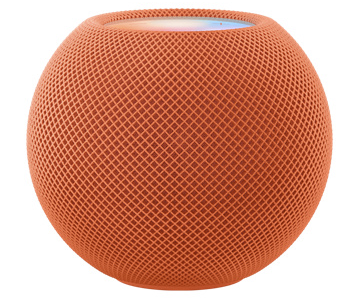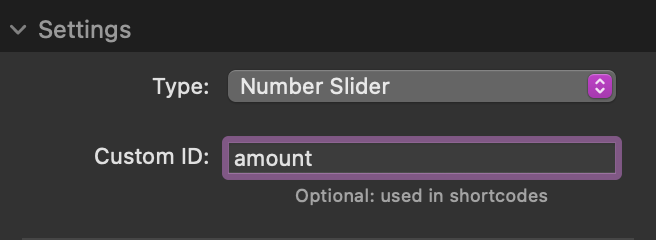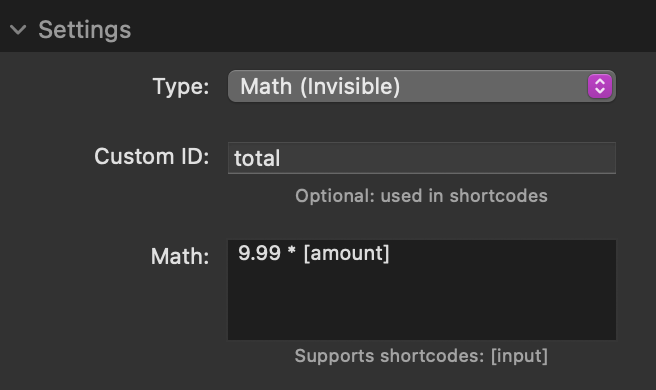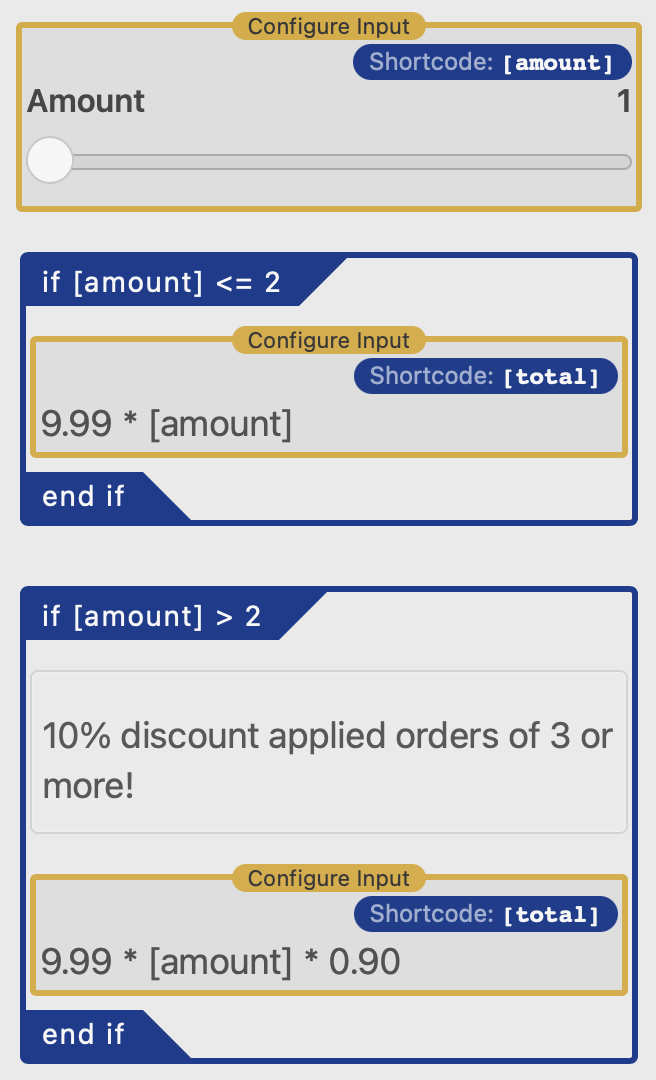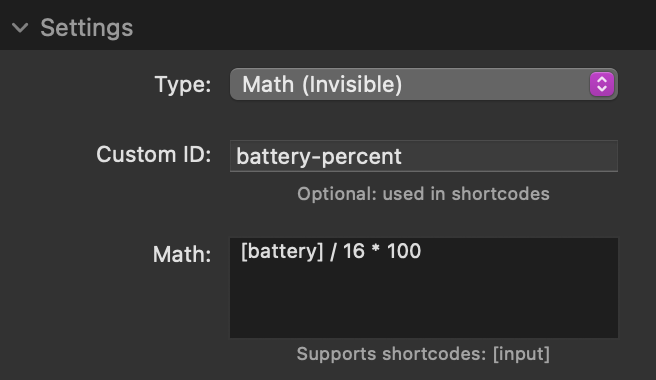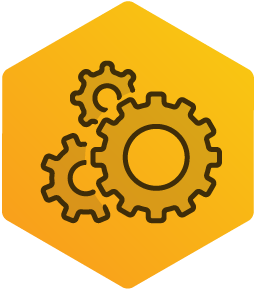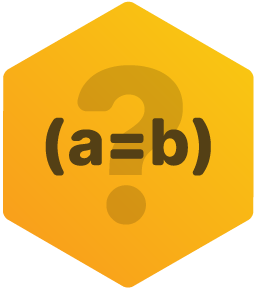Powerful
Computing
Stacks
Configure is a set of powerful computing stacks that let you create custom interactive webpages. Use input from page visitors to perform calculations, create conditional displays, & update html/text instantly.
How it works
Configure uses input to modify and update content found anywhere on a stacks page. The example in this section updates the image and modifies the link based on the color selected. Anytime there is a change the image and link will automatically update to match.
Watch below as a demonstration of the link "href" attribute is updated every time a different color is chosen.
(please select a color)
<a href="apple.com/homepod-mini/[color]">Purchase</a>
Place shortcodes
Inputs have customizable IDs that can used as "shortcodes". The value of the input field will be mirrored anywhere the corresponding shortcode has been placed, in real time. Shortcodes can be placed anywhere text is accepted, including other 3rd-party stack settings panels.
Incorporate math
Shortcodes are not limited to mirroring static values from input fields, you can also create custom math expressions that output to their own customizable shortcode ID. Math expressions support nesting other shortcodes and can be as simple or as complex as needed.
Total: $[total-3]
10% discount applied to orders of 3 or more!
Modify & calculate based on condition
Configure includes a useful stack that allows you to define custom display conditions. If the defined conditions are met the contents of the stack will display, otherwise they will be hidden. You can place any 3rd-party stacks into the stack as content.
Create configurable elements
Configure includes a stack with a robust list of style options. Every style setting supports shortcodes so they can be updated with data from input fields or math expressions. Anytime a style setting is updated it can optionally animate the change.
[macbook-title]
$[macbook]
Input examples
Addons
Total
[squared-m]m²

Configure
*Super Forms 2
Group select
This input type can display an unlimited number of custom options. Each option supports text, images, or any other stacks content. The shortcode output for each option is defined individually. Only one option may be selected at a time.
Configure includes a special element stack that supports shortcodes in its style options and its attributes. This example uses the color input shortcode in the background color option and the pattern input shortcode for the image URL.
This examples uses:
2 Group Select Input stacks
A Configure Element stack
Group select multi option
This input type can display an unlimited number of custom options. Each option supports text, images, or any other stacks content. The shortcode output for each option is defined individually. Multiple options may be selected at a time.
In this example each of the selected options outputs a value that is used to calculate a total. That total is then formatted through the included options to display as currency with decimal places visible.
Shortcodes that output numerical values will display an animation when the input is changed.
This examples uses:
A Group Select Input stack
Math to get the sum of the selected options plus the base value (13.99)
Number
This input accepts numerical values. The maximum and minimum value may be defined as well as the starting default value. The shortcode output will mirror the value of the input.
In this example, the input value is stored in a shortcode that is used in a simple math calculation multiplying by a million. That value is then used to display the total.
This examples uses:
A Number Input stack
Math to convert the value into millions
Number custom increment
Number inputs include stepper arrow buttons that are used to increase and decrease the value. The step at which the value increases or decreases can be customized.
In this example, the stepper arrows increase and decrease the values by 0.25. The shortcode output is used to modify the green element's styles as a visual representation. They are also used to calculate the area displayed below the element.
This examples uses:
2 Number Input stacks
A Configure Element stack
Math to convert the width and height to percentages (used to modify the width and height of the element)
Slider
This input accepts a range of numerical values. The maximum and minimum value must be defined as well as a starting default value. The shortcode output will mirror the value of the input.
In this example, the slider shortcode is used in the element styles to control the opacity.
This examples uses:
A Slider Input stack
A Configure Element stack
Slider with ticks
For sliders with smaller ranges, tick indicators will automatically display at set intervals that match the available values.
Select
This input type can display an unlimited number of custom options. The options are contained in a traditional dropdown list. The shortcode output for each option is defined individually. Only one option may be selected at a time.
In this example, the first select field is used to conditionally display a second select field. Both shortcodes are used inside of an external input field (Super Forms 2).
This examples uses:
2 Select Input stacks
2 Condition stacks (used to display corresponding processor select inputs)
*Super Forms 2 stack (sold seperately)
Checkbox
This input accepts a true or false value. The shortcode true and false output can be defined as a numerical values or as text.
In this example, a disabled button is conditionally displayed until the checkbox is enabled. When the checkbox is enabled a clickable button will be displayed instead.
This examples uses:
A Checkbox Input stack
2 Condition stacks (used to display link buttons)
Configure & calculate
Loan estimator example[range]mi
Range (est.)
[top-speed]mph
Top Speed
[zero-to-sixty]sec
0-60 mph
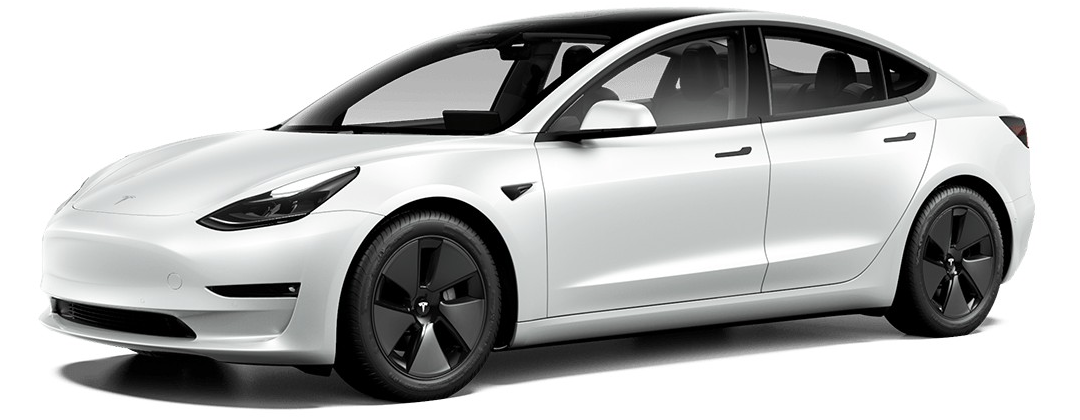
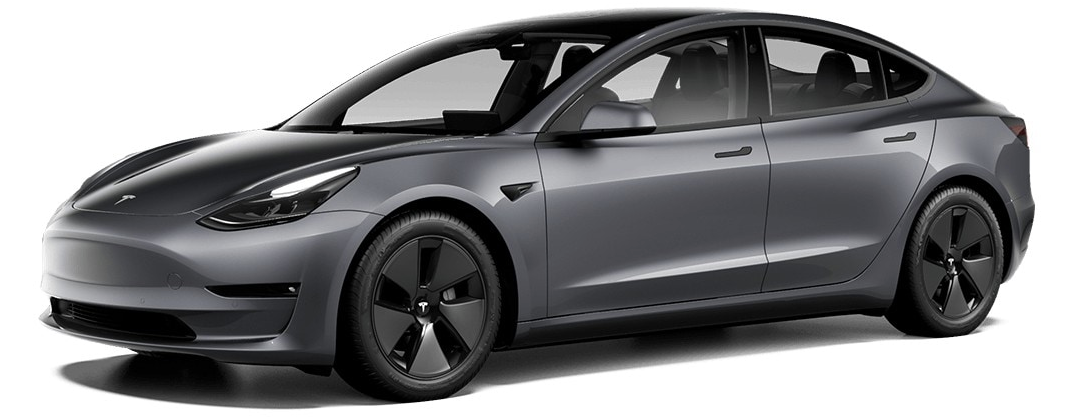
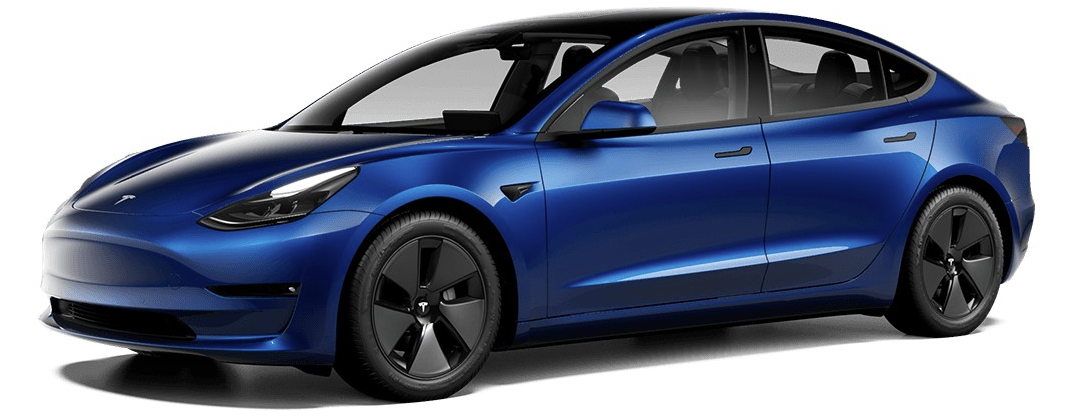
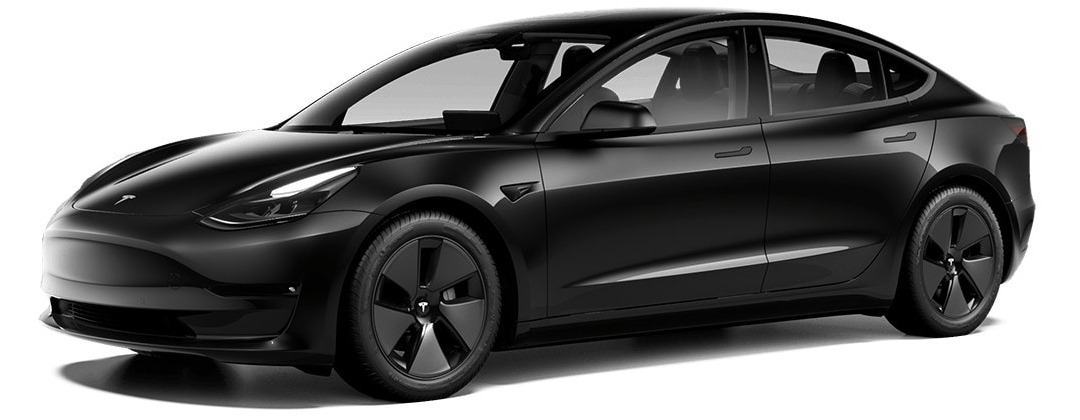
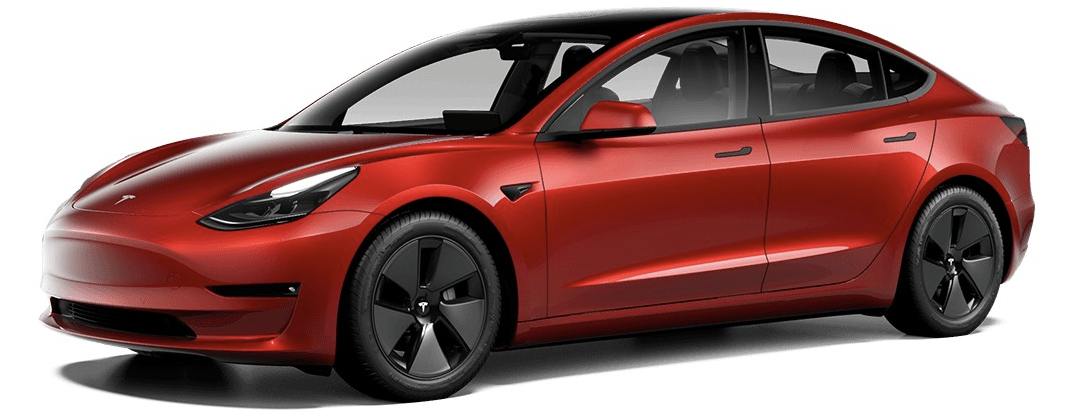
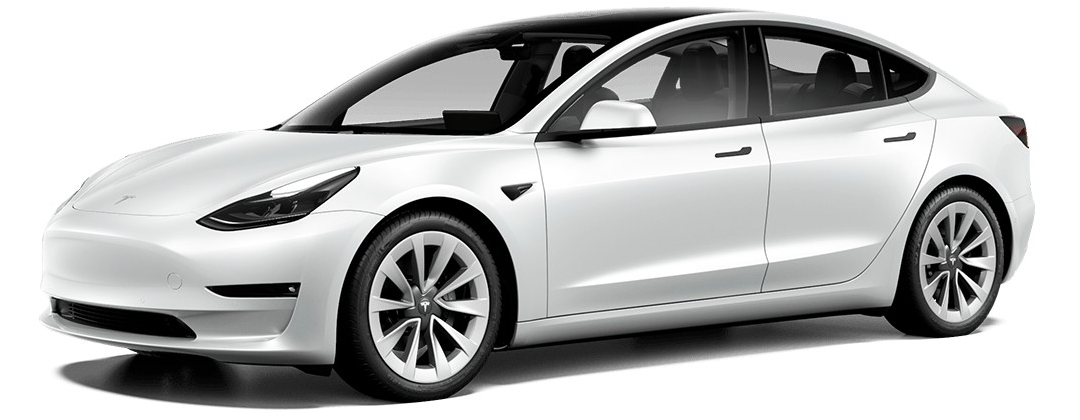
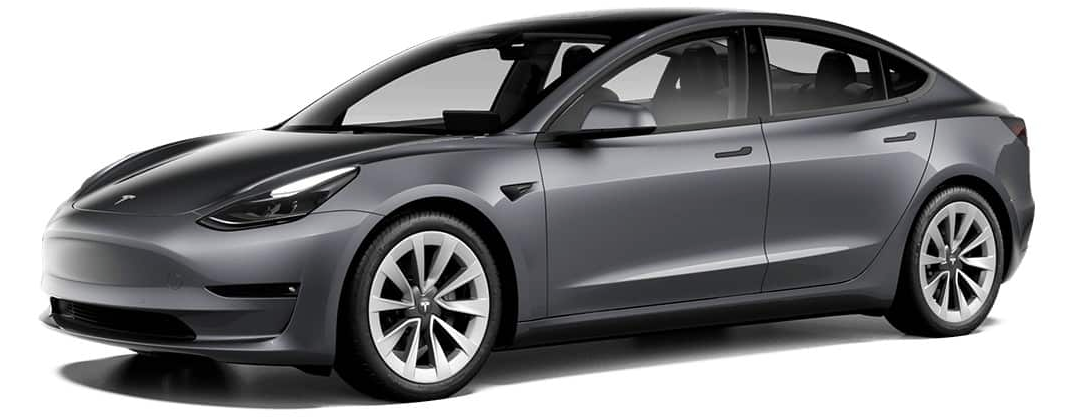
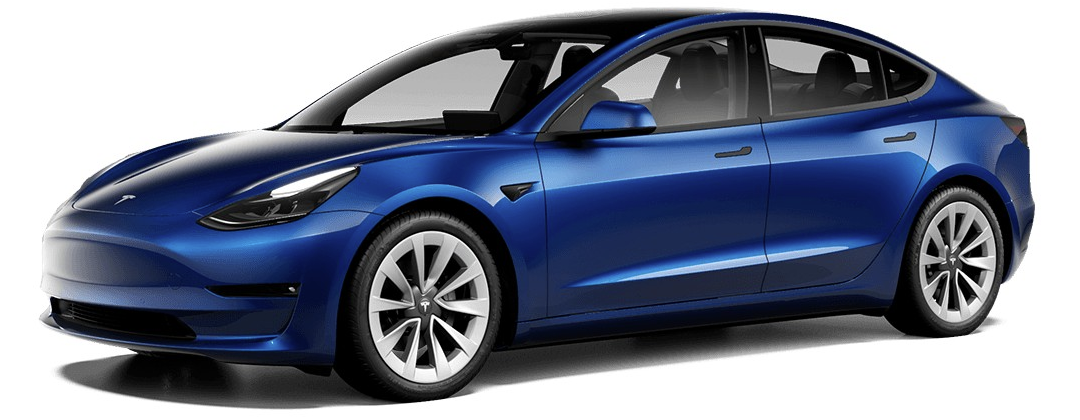
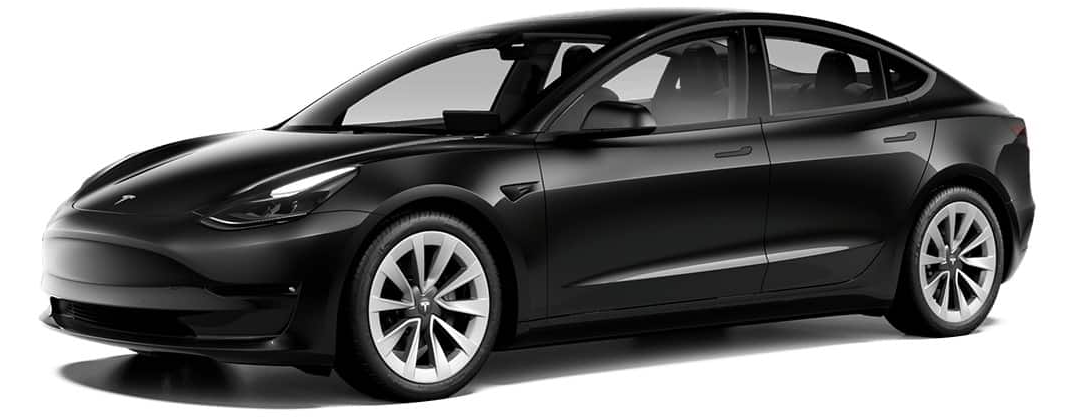
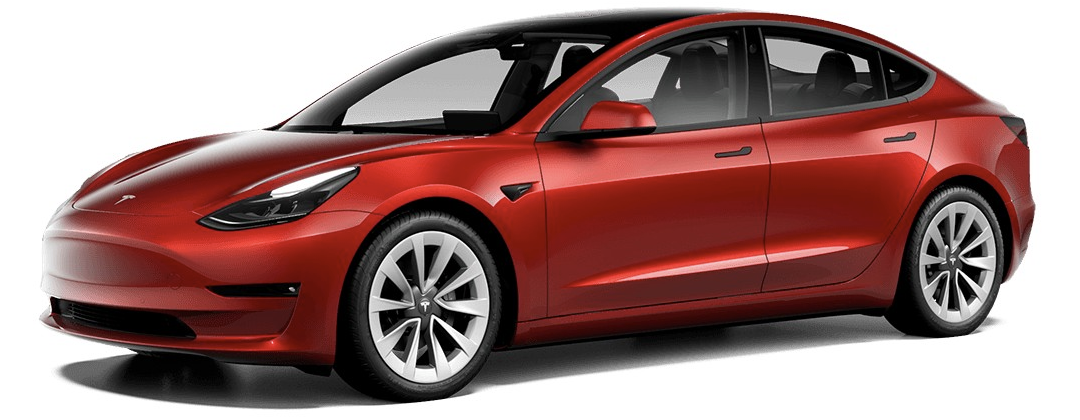

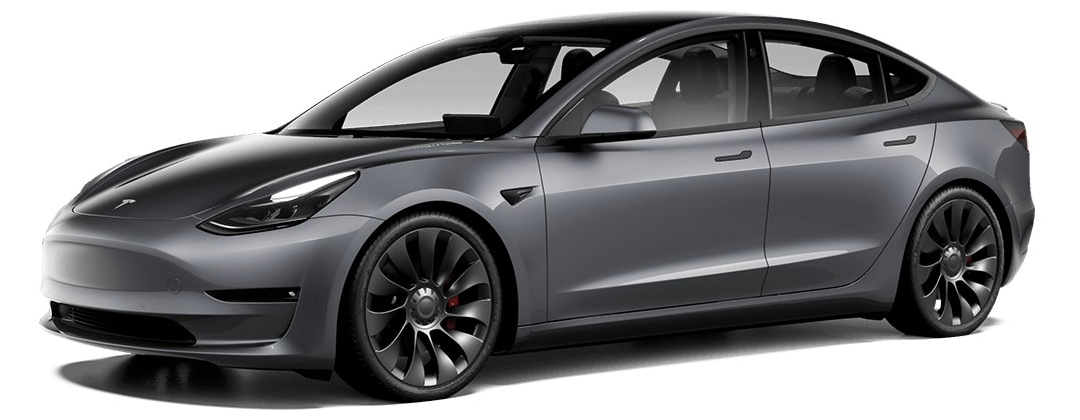
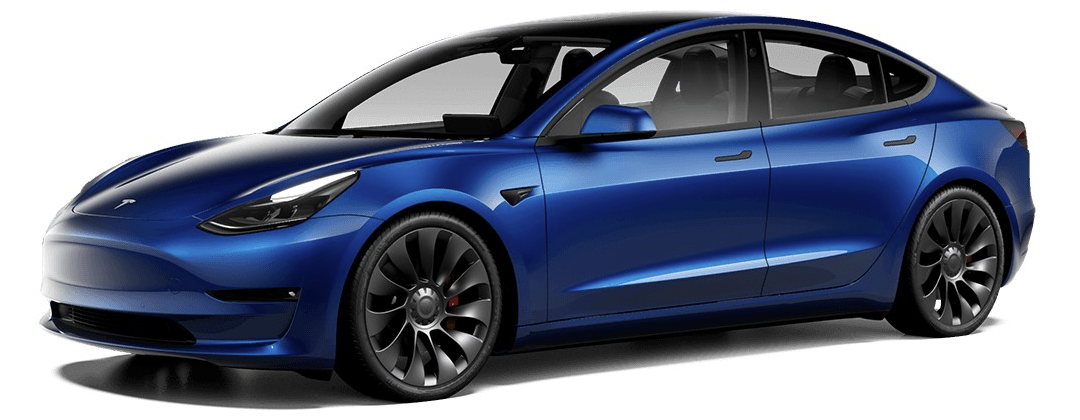
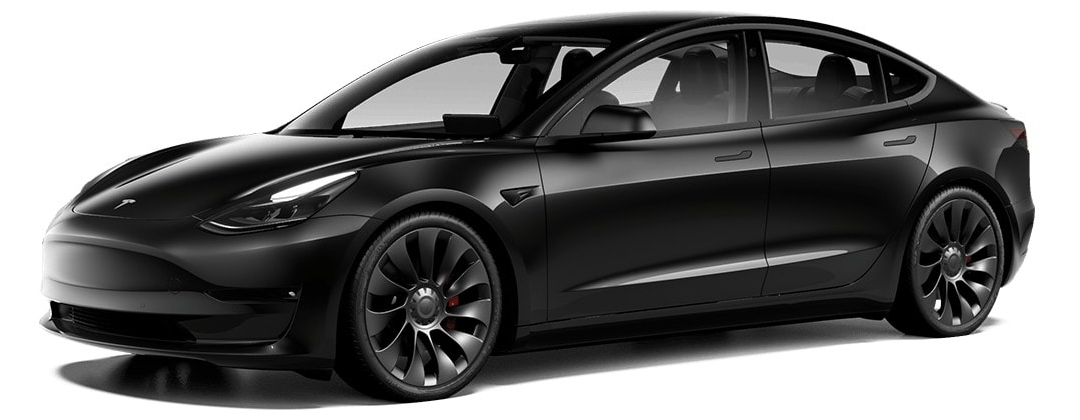
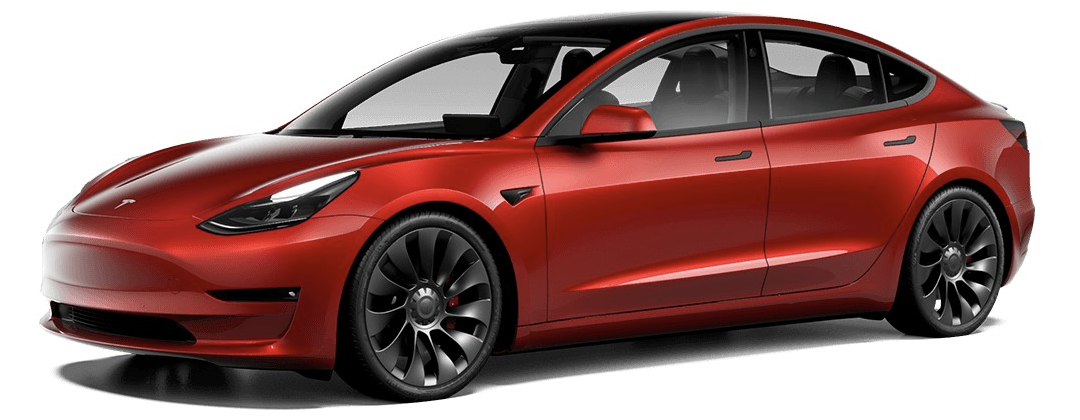
Est. Monthly Payment
$[est-payment]
$[loan] loan, 2.49% APR, [loan-term] months.
Est. Monthly Payment
$0
Configure
RapidWeaver Stacks
Purchase & download the Configure stacks today! All you need is a copy of RapidWeaver (v6+) & the Stacks plugin (v3+). Purchase includes a demonstration project file to show you how every example on this page was created.
Contact
Have questions about the stack or need some help? Feel free to contact us at the link below. Most inquiries are replied to within 1-2 working days.
Newsletter
Join our newsletter to get notified when we have discounts, updates, and new releases!

